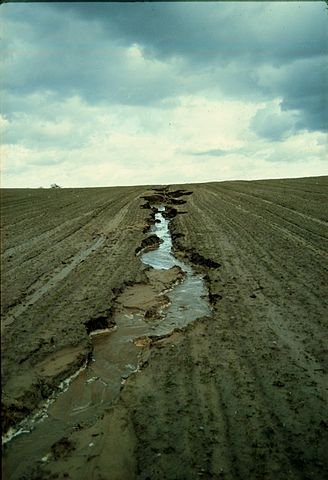Storms, including hurricanes, tornadoes, thunderstorms, and winter storms, can have significant and varied impacts on the environment. These impacts can range from short-term disturbances to long-term ecological changes. Here are some ways in which storms affect the environment:
Wind Damage:
High winds during storms can cause extensive damage to trees and vegetation. This damage can disrupt ecosystems, impact wildlife habitats, and alter the landscape. Fallen trees can also obstruct waterways and lead to flooding.
Flooding:
Storms often bring heavy rainfall, which can lead to flooding in low-lying areas. Floodwaters can erode soil, damage crops, and carry pollutants into rivers and lakes. Flooding can also affect aquatic habitats and displace wildlife.
Saltwater Intrusion:
Coastal storms, especially hurricanes, can lead to saltwater intrusion into freshwater ecosystems. This can harm freshwater plants and animals not adapted to saltwater conditions and affect water quality.
Erosion:
Storm surges and high waves associated with coastal storms can lead to shoreline erosion. This erosion can reshape coastlines, damage coastal habitats, and threaten human infrastructure.

Wildfires:
Some storms, particularly lightning-producing thunderstorms, can ignite wildfires. These fires can have both short-term and long-term effects on ecosystems, including altering plant communities and wildlife habitats.
Temperature Extremes:
Storms can bring temperature extremes. For example, winter storms can lead to cold snaps, while heatwaves can be associated with severe thunderstorms. These temperature fluctuations can stress plants and animals.
Pollution and Contamination:
Stormwater runoff can carry pollutants, including oil, chemicals, and debris, into rivers, lakes, and oceans. This pollution can harm aquatic life and degrade water quality.
Habitat Disruption:
Storms can disrupt animal habitats, leading to displacement or mortality. For example, bird nesting sites can be destroyed, and sea turtle nests may be washed away by storm surges.
Nutrient Redistribution:
Storms can transport nutrients from one area to another. For example, hurricanes can stir up nutrient-rich deep water in the ocean and bring it to the surface, potentially benefiting marine ecosystems.
Long-Term Ecological Changes:
In some cases, storms can contribute to long-term ecological changes. For instance, a powerful hurricane might reshape the topography of barrier islands, influencing their vegetation and wildlife over time.
Invasive Species:
Storms can aid the spread of invasive species by transporting them to new areas on debris or in floodwaters. This can disrupt native ecosystems.
Agricultural Impact:
Storms can damage crops, leading to economic losses in agriculture. Flooded fields and wind-damaged crops can result in reduced yields.
It’s important to note that while storms can have negative impacts on the environment, they can also play a natural role in ecosystem dynamics. For example, some plant species have adaptations that allow them to benefit from disturbances like wildfires or hurricanes.
Understanding the ecological effects of storms is essential for both natural resource management and disaster preparedness. Conservation efforts and land-use planning can help mitigate some of the environmental impacts of storms, particularly in vulnerable coastal areas.










